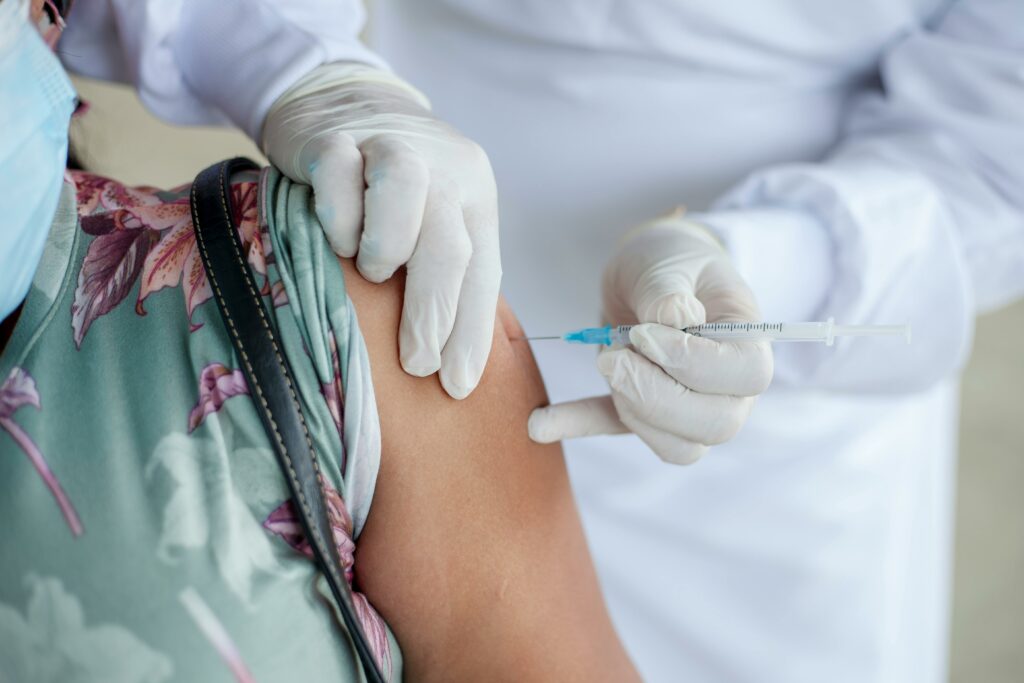Seasonal flu vaccines: the importance of being conscious

Interim estimates of this year’s influenza vaccine effectiveness (VE) from Southern Hemisphere countries reveal a decrease compared to the last season.
This is what emerges from the researchers of Centers for Disease Control and Prevention (CDC) that report an overall effectiveness of the seasonal flu vaccine against hospitalization of 34,5% among high-risk groups. The analogous CDC’s report for the previous year assessed a VE in South America of 51,9% among the same at-risk groups.
Why has this happened? And how should people interpret this data?
The study
CDC investigators estimated VE against influenza-associated severe acute respiratory illness (SARI) hospitalization exploiting a test-negative case-control design to analyse data from a multinational surveillance network.
The study population included 11,751 SARI patients from three Pan American Health Organization (PAHO) vaccination target groups: young children (58,3%), people with other pathologies (14,5%) and older adults (27,2%). Case-patients were SARI patients who received a positive influenza RT-PCR. Control patients were SARI patients tested negative for both influenza virus and SARS-CoV-2.
All countries involved in the study used World Health Organization (WHO)–recommended egg-based Southern Hemisphere formulations. Argentina, Brazil, Chile and Uruguay used trivalent vaccine containing antigens from A/Victoria/4897/2022 (H1N1)pdm09–like virus, A/Thailand/8/2022 (H3N2)–like virus, and B/Austria/1359417/2021 (B/Victoria lineage)–like virus. Paraguay used quadrivalent vaccines that also contained the B/Yamagata lineage–like virus.
From the study, it has emerged an adjusted VE against any influenza-associated hospitalization of 34,5% overall: including 58,7% among persons with comorbidities, 39,0% among young children and 31,2% among older adults.
Among influenza A subtypes it was reported a VE of 36,5% against the predominant A(H3N2) and of 37,1% against A(H1N1)pdm09.
Implications
In light of this information, the legitimate question is: why did flu vaccines perform better the previous year? The first aspect to consider is the circulating influenza subtype. While H1N1 was responsible of nearly all infections last year in South America, this year the World Health Organization (WHO) reported more detections of the H3N2 subtype of influenza.
The second aspect that emerged from this report is a tangible decline in seasonal flu vaccination rate. The 21,3% vaccination coverage levels reported in the study were below pre-COVID-19 norms. For the authors, this finding is consistent with postpandemic declines in vaccination rate across the Americas aided by vaccine misinformation, hesitancy and disruption in routine immunization services during the COVID-19 pandemic.
An erroneous interpretation of the data reported could lead to discrediting the importance of being vaccinated this year, but let’s not be fooled! As specified from the authors, vaccination remains one of the most effective measures to prevent influenza-associated complications, including death. Furthermore, we must consider that the VE efficacy obtained this year resulted within historical ranges of 34-53% against A(H3N2) and 18-56% against A(H1N1)pdm09. And, despite VE can vary from season to season, vaccination offers a significant protection for people who get vaccinated and can reduced the severity of illness in people who get vaccinated but still get sick.
Nevertheless, it’s easy to understand how overcoming vaccine issues could be significantly related to virus subtype, antigenic drift or antigenic shift. How can we achieve this critical purpose? The answer is the development of a universal influenza vaccine.
The application of innovative strategies and vaccine platforms is the unique way to reach step-by-step the creation of a flu vaccine able to protect people against all influenza strains that infect humans and last more than a season. Even better would be a so-called “one and done” vaccine able to confer lifetime immunity against an evolving virus.
Sources
https://www.cdc.gov/mmwr/volumes/73/wr/mm7339a1.htm
https://www.cdc.gov/flu/whats-new/2022-2023-south-america-flu-hospitalizations-half.html


